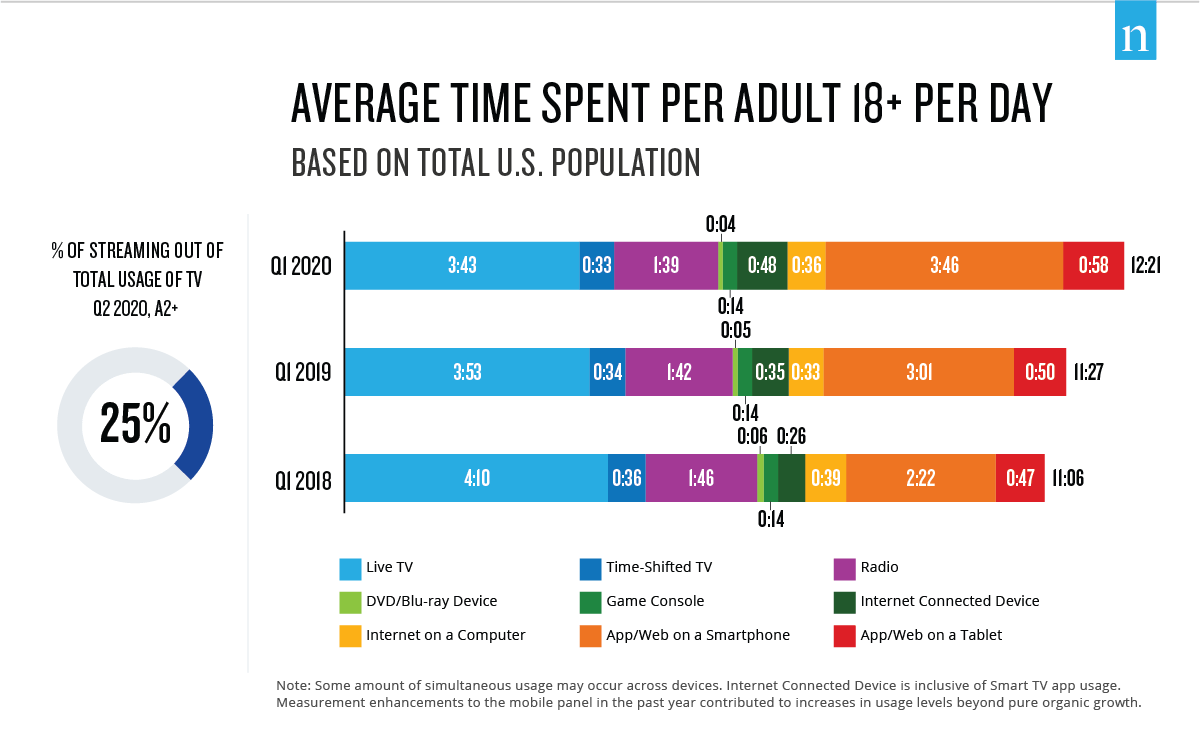Addressable advertising that lets marketers show different commercials to different households through linear TV is poised to become much more popular as national networks expand their targetable inventories. The development will make traditional TV more like digital channels.
“Over the last 18 months, addressable has evolved to be something that buyers both on the agency and marketer side themselves really do care about because the scale is there,” Mike Fisher, vice president of advanced TV and audio at Essence, a unit of WPP’s media agency GroupM, said in this interview with Beet.TV. “Addressable to us is anything that’s targetable at a household level.”
Essence’s roots are in data-driven targeting of digital advertising, a background that helps to support its buying platforms in addressable video on demand managed by set-top boxes and addressable linear ads managed by third-party partners working with broadcast network brands owned by ViacomCBS, Disney and NBCUniversal.

Source: Nielsen
“We’re really excited about what Nielsen and Vizio Inscape are bringing to the table along with some others on the linear addressable side,” Fisher said. Essence is enthusiastic about “the ability to buy addressable from them in a linear environment and be able to better target that ad message to a specific household, not necessarily to replace one brand’s ads with another, but really … make them work harder, smarter and better by customizing the message and customizing the creative.”
As part of its work on measuring addressable ads, Nielsen on Dec. 8 announced a plan to replace its TV ratings system by 2024 with a metric that combines audiences of linear TV and viewing of digital streaming channels. In developing its Nielsen One service, the ratings company next year will preview the new data alongside its existing ratings.
Too Early to Compare Costs
Because addressable advertising is a relatively recent development for national broadcasters, pricing comparisons for media buyers are in the early stages, Fisher said.
“It’s still new enough in the ecosystem that costs do vary by what the networks are doing. Some of our networks are pricing dynamic ad insertion linear addressable more like a digital model on an impression basis,” he said. “Others are including it as part of an upfront commitment, while still others are looking at it like a traditional reach and frequency buy on top of an existing linear schedule.”
While the needs of advertisers vary, Fisher still would like to see more information to compare various platforms with each other. Developing a market for addressable advertising will take time for marketers to become more familiar with the latest technologies, while reserving part of their budgets to try out innovative products as they come along.
“One of the things I’m looking for in 2021 is more consistency across how the different networks are doing it from a pricing, planning and reporting perspective,” he said. “We’re going to see a lot more scale when it comes to how the networks are approaching this, what they’re including in their upfronts, what they’re including in their offerings.”
You are watching “Addressable Advertising: A New Reality for Linear TV,” a Beet.TV leadership series presented by SpotX. For more videos, please visit this page.




































